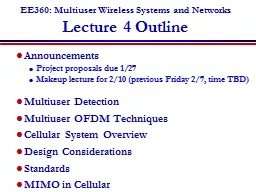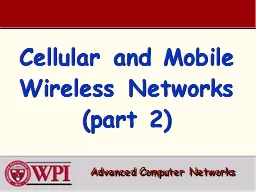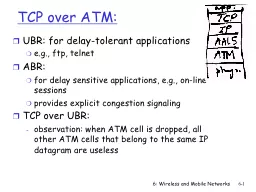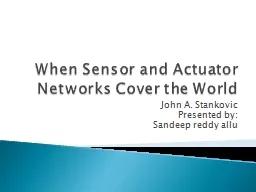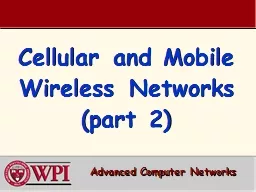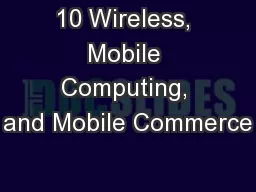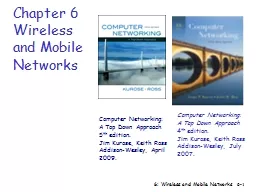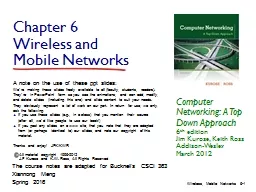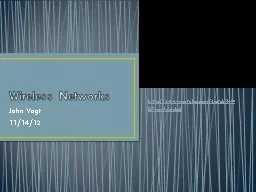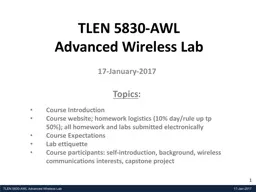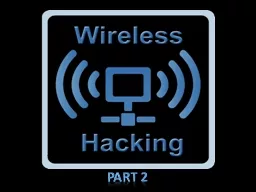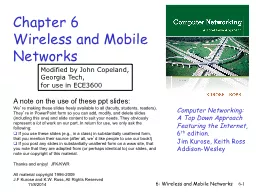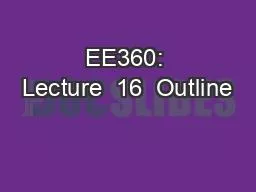PPT-EE360: Multiuser Wireless Systems and Networks
Author : uoutfeature | Published Date : 2020-06-23
Lecture 4 Outline Announcements Project proposals due 127 Makeup lecture for 210 previous Friday 27 time TBD Multiuser Detection Multiuser OFDM Techniques
Presentation Embed Code
Download Presentation
Download Presentation The PPT/PDF document "EE360: Multiuser Wireless Systems and Ne..." is the property of its rightful owner. Permission is granted to download and print the materials on this website for personal, non-commercial use only, and to display it on your personal computer provided you do not modify the materials and that you retain all copyright notices contained in the materials. By downloading content from our website, you accept the terms of this agreement.
EE360: Multiuser Wireless Systems and Networks: Transcript
Download Rules Of Document
"EE360: Multiuser Wireless Systems and Networks"The content belongs to its owner. You may download and print it for personal use, without modification, and keep all copyright notices. By downloading, you agree to these terms.
Related Documents

